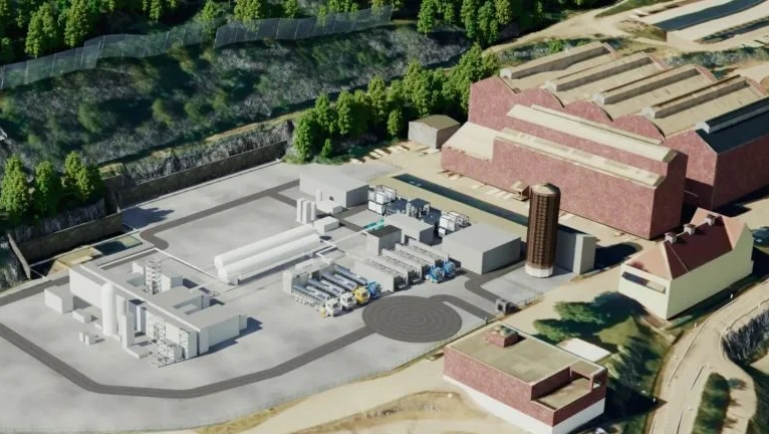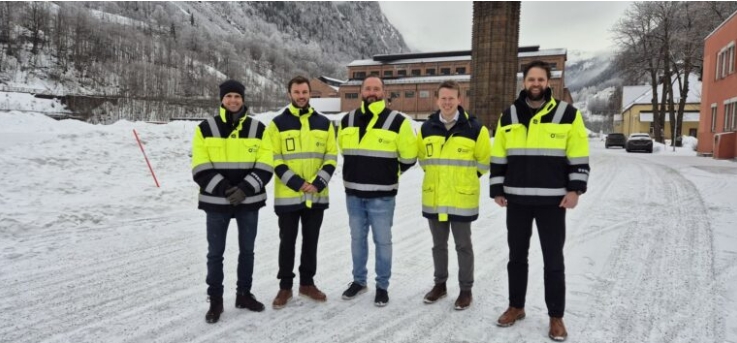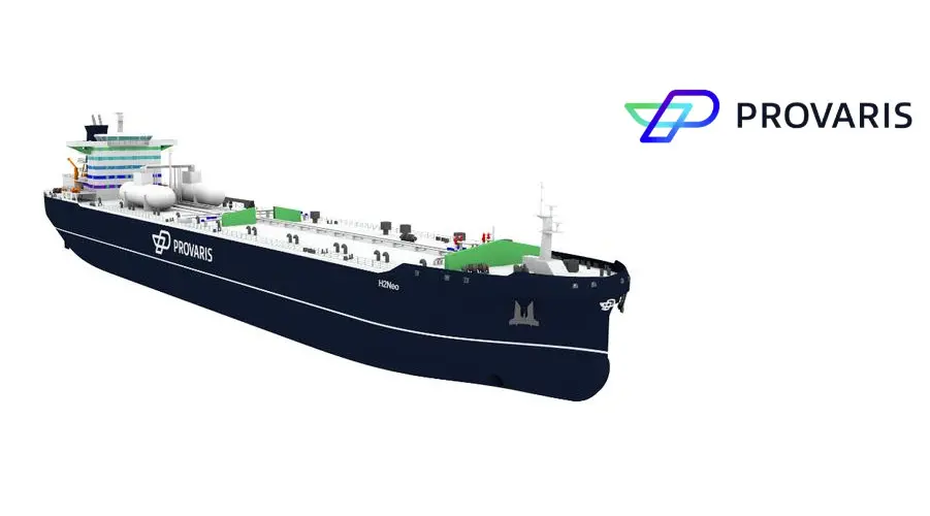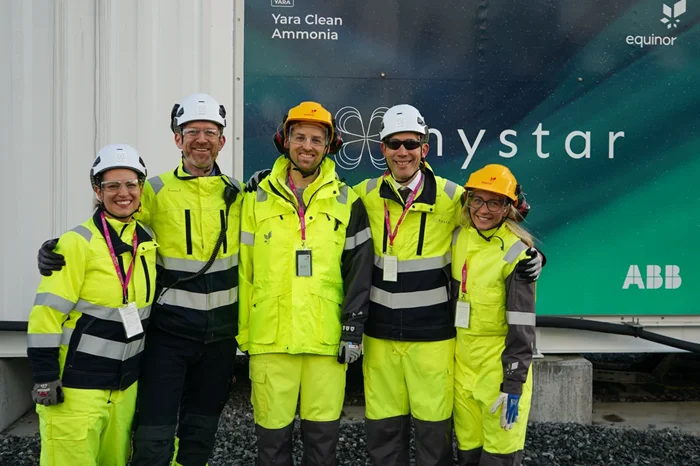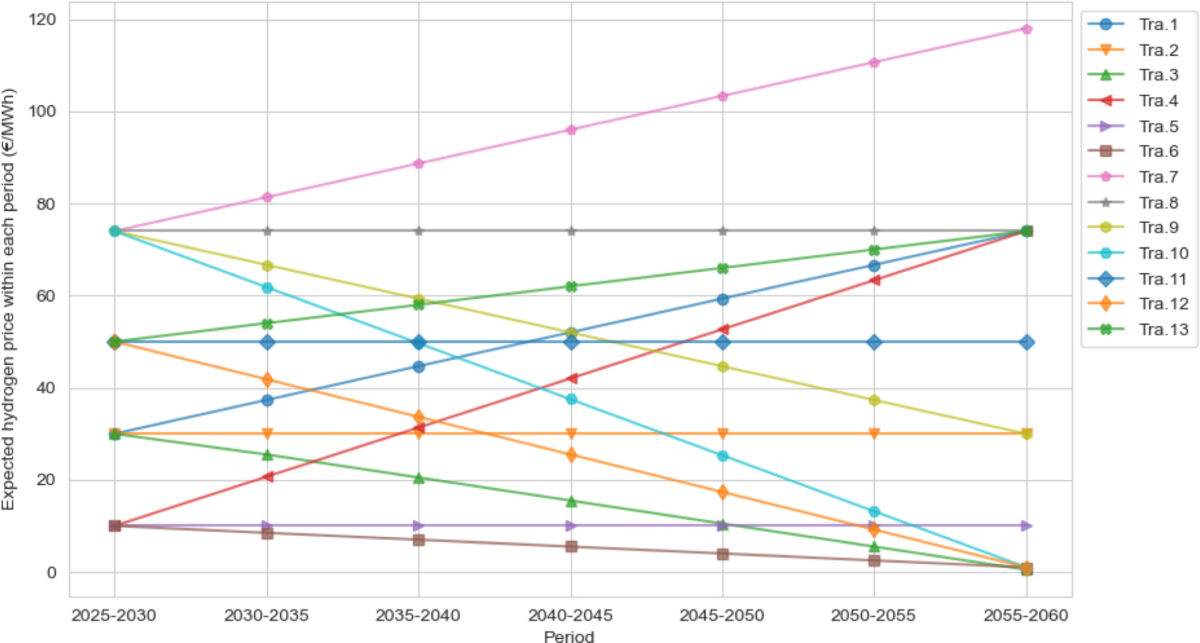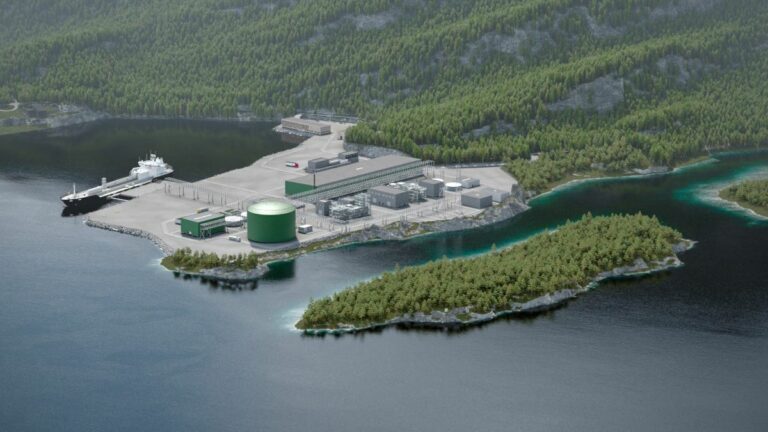Alaska’s challenges — cold weather and the high cost of delivered energy — are part of the reason the state is a model of innovative microgrid development, with the largest number of microgrids in the US, at 122.
“This innovation flows from both the challenges associated with providing reliable electricity without the benefit of traditional transmission and distribution systems and from the economic pressures associated with the high cost of delivered energy in markets with many areas of relatively low per capita income,” said a white paper from Navigant Research, Microgrid Innovation in the Circumpolar Arctic.
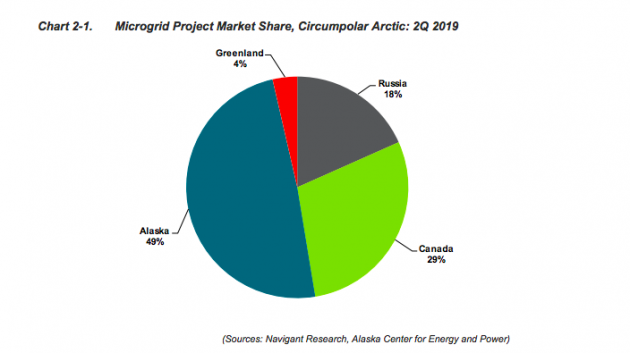
Image Courtesy Navigant Research
The lack of fuel incentives and high cost of delivered energy create a strong argument for avoiding using imported fuels that are expensive to deliver, said the paper, commissioned by the University of Alaska Fairbanks.
Alaska’s experience yields important lessons for developing countries, especially about the disadvantages of relying on expensive diesel fuel and the pluses of moving toward renewable energy and microgrids, said the paper.
Alaska’s innovation began as a response to its lack of centralized power systems. Its electric power infrastructure was actually created using microgrids.
Preventing hundreds of outages
In fact, in the larger Circumpolar Arctic region, 1.5 million people are served by microgrids in areas that aren’t connected to power grids. The area includes Alaska, Greenland, the Canadian Arctic and large portions of the Russian Arctic.
Because of the extreme weather conditions, these people need reliable power. In Alaska, that’s just what microgrids are serving up, in some instances, working within regional grids.
The largest of these regional grids, the Railbelt Grid — which technically could be called a microgrid — showcases the numerous benefits of microgrids.
The Railbelt Grid covers 600 miles and unites three service areas that can island. It serves the greater Fairbanks area, the Matanuska-Susitna Valley and Anchorage metropolitan area.
It features a battery that was the largest in the world when installed in 2003 — a battery that avoids outages when natural gas supplies are interrupted to the northern portion of the grid.
In fact, the battery system has prevented 784 outages since it was first installed in 2003. In 2008, the battery responded to more than 59 events, preventing outages for 309,009 customers.
With these and other microgrid benefits Alaska’s experience yields some important lessons for the developing world, especially about the advantages of using renewable energy.
Test of renewables
“Incorporating renewable energy in some of the harshest and most remote areas on Earth has tested the limitations of technology,” said the paper. “Renewable energy has supported the fundamental infrastructure necessary for economic growth and the ability for towns to provide basic services such as public safety and health, lighting, and — most important of all — heat.”
In Alaska, there’s a deregulated utility market with dozens of utilities. In addition, previous state investments in infrastructure and small subsidies help make renewable energy projects cost competitive in niche markets.
“Renewable energy is added to these microgrids absent government mandates and RPS (Renewable Portfolio Standard)-type goals. These are independent decisions by utilities to increase renewable uptake purely on economic and operational considerations,” said Peter Asmus, an author of the report.
Innovation has been incremental but steady, according to the paper, “moving from basic isolated diesel systems to incorporating DER at increasing levels fueled by a continuous improvement ethos that leans toward a greater and greater uptake of renewable energy resources.”
A number of factors led to the use of cost-competitive renewable energy. Fuels for heating and power generation come from outside the state, and transporting by barge can be challenging in cold weather. This creates high delivery and storage costs, due in part to the cost of installing and maintaining fuel storage tanks large enough to serve a community.
Big energy appetite
What’s more, the cold weather results in high fuel use; Alaska uses more primary energy on a per-capita basis than any other state in the country. Another factor contributing to the high cost of fuel is the prevalence of energy-intensive extractive industries.
“These factors make many locally available renewable resources cost-competitive in Alaska,” said the white paper.
Alaska has 45 hydroelectric projects and in the early 2000s, communities began to experiment with wind power. Kotzebue installed the first utility-scale wind project in Alaska more than 20 years ago, and noAlaska boasts 27 independent wind projects. The state has also invested in biomass projects, mostly for heat.
And it has 14 commercial-scale wood heating systems that help reduce heating costs. The use of solar is growing quickly, and geothermal and hydrokinetic energy projects have been built.
“Overall, Alaska has chosen to develop whatever local resources exist.” said the white paper.
The experience of utilities leading in microgrid development in the Circumpolar Arctic should inspire utilities throughout the world to embrace microgrids and their diverse applications, the paper concluded.
